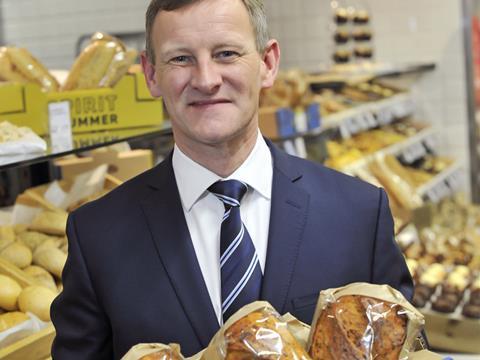
In Steve Rowe’s first outing as Marks & Spencer’s new CEO, his strategic vision for the ailing fashion business - and his focus on “Mrs M&S” - attracted all the attention. But what about the food side?
Already on track to open 250 more Simply Foods by April 2017, Rowe announced plans for a further 200 by March 2019, an ambitious addition to M&S’s current estate of 570 standalone food stores, including 82 it opened last year.
But it makes a lot of sense. The food division has been quietly outperforming the market for three years now, with share up from 4.1% to 4.3% (Kantar 52 weeks to 22 May 2016). And with 3.6% growth in food sales last year - and sales up 7% last month according to Kantar - Rowe confidently told investors: “There is more we can do to continue to outperform.”
So, how exactly does he plan to achieve growth in a deflationary market?
1. Identifying regional gaps
Part of the roadmap is… the M&S Roadmap. Handed out at the results presentation, it plots the density of its stores across Great Britain and Northern Ireland. It showed swathes of high density areas, where Marks & Spencer’s market share varied from 3.75% to more than 6%; but also pockets where it lags behind at between 0% to 3.75% share.
The plan is to strategically move into these underrepresented areas. “Make no mistake, this is not a race for space,” Rowe said. “We have a very selective approach to where we invest, and very clear hurdle rates.”
M&S was on a journey, Rowe added. It had suffered from “geographical paradoxes” in the past, whereby a city like Glasgow had 9% market share but Norwich trailed behind at a paltry 1%. Today, its share in the Norfolk city is 3% and growing- and Rowe is keen to see more successes of this nature. “There are still plenty of locations like Norwich out there and this is why I believe we can still increase the food footprint across the UK,” he said.
2. Convenience with choice
Providing the right choice and availability for customers is another lynchpin of Rowe’s strategy. M&S’s high-performing franchise stores at railways and service stations tie in with the wider emphasis on convenience. He also announced plans to expand trial concepts like its small format café Coffee to Go.
In the name of choice, Rowe is keen to increase its 536 in-store bakeries and 44 delis, as well as continental-style meat and fish counters. The product range will be trimmed to “release space” for these counters, which will be selected according to local needs, Rowe explained. “We have been working on developing better range profiling, to align it to customer mission,” he said. “We will do this through smaller, more locally relevant ranges that are both easier to shop and more operationally efficient.”
3. Focus on quality
Rowe will continue to improve margins (up 200 basis points over five years) with supply chain efficiencies, where its position as a 90+% own-label retailer with just 150 branded lines gives it leverage. But cost saving won’t come at the expense of quality. Rowe is keen to play to M&S’s key strength: innovation in quality and healthy food.
Philip Dorrell, partner at Retail Remedy, believes this focus on quality will remain enticing to customers.
“They are not directly competing with the supermarkets yet,” Dorrell says. “Yet in these changing days of consumer promiscuity, enticing consumers to treat themselves on an expanding range will further erode the big four’s share.”
“The future for M&S food is strong,” Dorrell concludes, “and you suspect they will push innovation and range expansion as they compete in a market where shouting about quality seems very rare.”







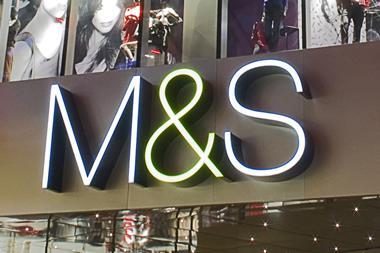

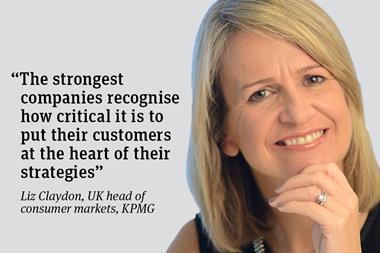

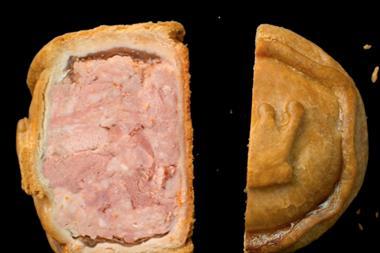
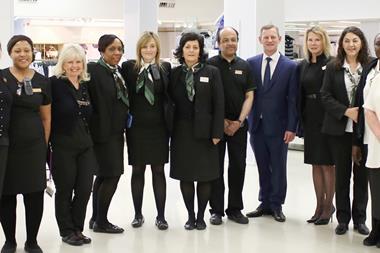






No comments yet